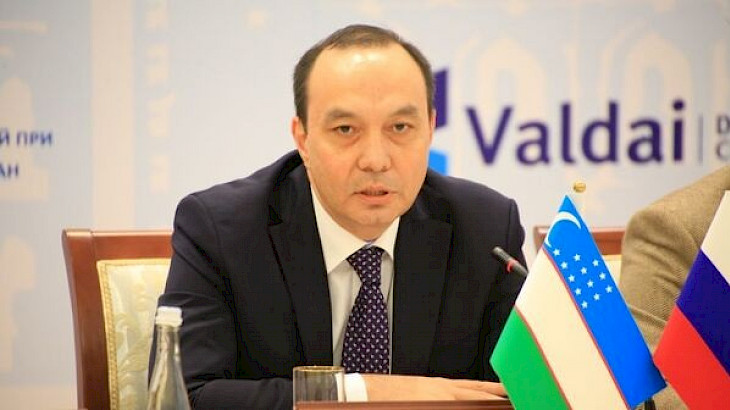At a Valdai Forum session, Eldor Aripov, Director of the Institute for Strategic and Interregional Studies under the President of Uzbekistan, stressed that migration is no longer a temporary phenomenon but a reflection of global socio-economic processes, Dunyo.uz reports.
According to UN data, one in 25 people worldwide lives outside their home country. In Eurasia, demographic trends are diverging: some states face population aging, while others see rapid growth and large numbers of young people entering the labor market. This creates the basis for what Aripov called a “demographic synergy.”
Central Asia is home to more than 80 million people, 65% of whom are under 30. In Uzbekistan alone, up to 700,000 young people enter the labor market each year. “This is not just dry statistics — it is the portrait of the future,” Aripov emphasized.
He outlined three key pillars of Uzbekistan’s strategy:
Investment in human capital. Over the past decade, preschool enrollment has risen from 27% to 74%, and higher education from 9% to 46%. Uzbekistan now has more than 220 universities, including branches of foreign institutions, with a strong focus on STEM and digital literacy.
Virtual migration. The country hosts 15 IT parks with 3,000 resident companies. Exports of digital services have already exceeded $900 million and are projected to reach $5 billion by 2030.
Circular migration. Since the beginning of the year, more than 700,000 migrants have returned to Uzbekistan. The country is also implementing mobility programs with the EU, Germany, South Korea, and Japan.
“Migration should be viewed as a strategic resource for development and cooperation. One-sided restrictions will only drive flows into the shadows,” Aripov said.
The forum brought together more than 140 experts from 42 countries, including Russian Foreign Minister Sergey Lavrov and Moscow Mayor Sergey Sobyanin.
CentralasianLIGHT.org
October 2, 2025

